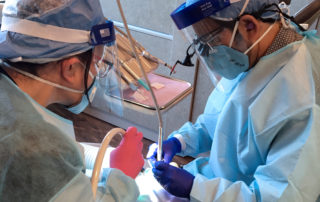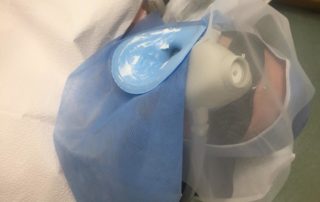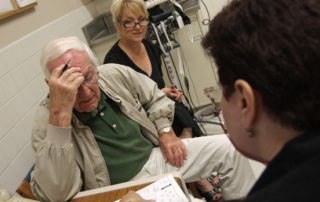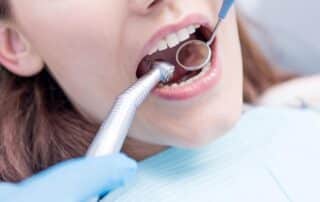Based on up-to-date scientific research, the IAOMT has developed rigorous recommendations for removing existing dental mercury amalgam fillings to assist in reducing the potential negative health outcomes of mercury exposure to patients, dental professionals, dental students, office staff, and others. The IAOMT’s recommendations are known as the Safe Mercury Amalgam Removal Technique (SMART). To learn more about the science behind SMART, choose from one of these two options.
To access scientific research related to the specific engineering controls used at the dental office to mitigate mercury exposures during amalgam removal, click on the button below:
INSERT BUTTON READING: Selected Research Relevant to SMART
To read the Safe Mercury Amalgam Removal Technique with scientific citations, click on the button below:
INSERT BUTTON READING: SMART Recommendations with Citations




